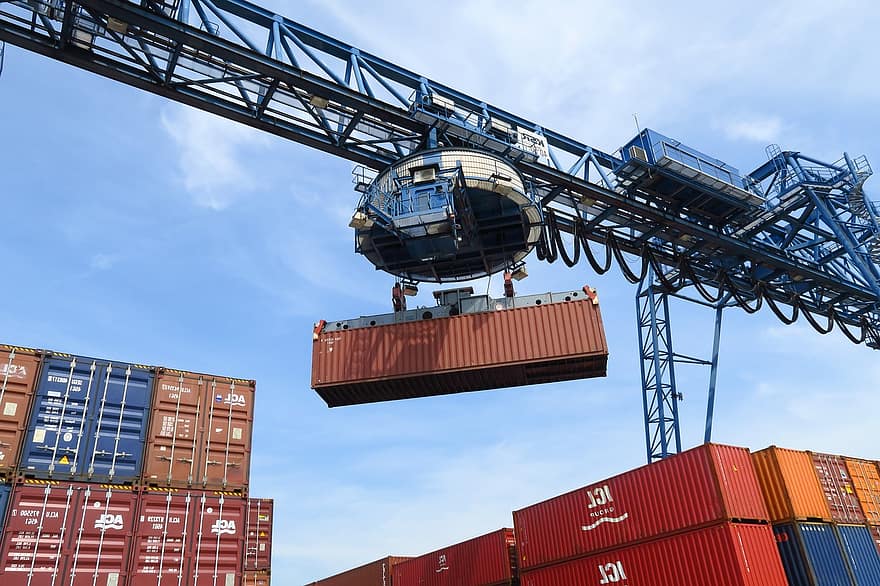Containerised freight, or Intermodal Freight, accounts for over 90% of the worldwide stock movements. It’s how most of what you consume is moved around the world. If you are importing or exporting, or simply buying stock in container lots, you will know that dealing with containers can be complex, and at times confusing. While the cost of freighting the container may seen relatively cheap, there are costs associated with the freight that is often unknown until the unloading is completed.
At APF Cold Storage and Logistics we have an information pull approach when it comes to dealing with containers. This is because a lack of synchronisation can cause huge additional costs to the client. Our customer service attitude is about providing value through making the process efficient, and over time we have developed strict processes to ensure the client isn’t charged more than they need to be.

Typically, once your goods are loaded out of their port of origin, your broker/customs agent will be able to let you know the Vessel the container is on, and its ETA in to port. This information should then be passed on to your logistics partner as soon as possible. At APF Cold Storage & Logistics we use this information to forward plan our unloads. It also allows us to track vessels so when delays occur, and they always do, we can deconflict any issues that causes earlier rather than later.
While your freight is on the water, your broker/agent will let you know if there are any additional requirements when coming in to the relevant port. This could be Imported Foods Requirements, DAFF inspection requirements, or many other additional checks. Delays can happen at this point in time as well if paperwork is not all in order. Our advice is to make sure you already have documentation relevant to these inspections ready to go. Documents such as Bill of Lading, Inventory List, Invoices, etc. These all need to be provided if the container is flagged. This documentation needs to be sent to your logistics partner (such as APF Cold Storage and Logistics) as we are required to present this information to the relevant federal officer upon physical inspection of the products.

Previously I mentioned delays on the wharf/port. While it may seem easy to bring a ship in to port, I assure you it is not. Most ports have minimal clearance from the depth of the ship in the water, compared to the bottom of the port. This means that if conditions are not favourable (too windy) a ship requires more ballast to stabilise, and hence wont make it in to the port. Combine this with tidal changes, and atmospheric conditions affected the height of the water in the port, constant dredging that is required to reclaim silt from the port, that docking and unloading a ship, is far from easy. This means that even though you have an ETA of a unload date, and you look outside and the weather is perfect, it may still not be suitable for ships. This then causes a backlog on the port, so a 1 day delay to dock, may cause a week’s delay to get access to your container. Then if you combine any additional inspection requirements on the container, its not uncommon for length delays in containerised freight.

Once your container is ready for collection at the wharf, your broker should already have a local transporter to collect and move the container to its unload location. Delays in this part of the process can be hours. It is not uncommon for containers to be delayed until the following day. This can cause impacts if you have limited days of free storage (time to unload) as for every day after free storage the typical charge from the container company is $600 Per Day. Yikes!
This is why we request as much information as we can when unloading containers. It’s why we chase constantly for confirmations of time slots, as we know that by doing so, we save you, the customer money.
